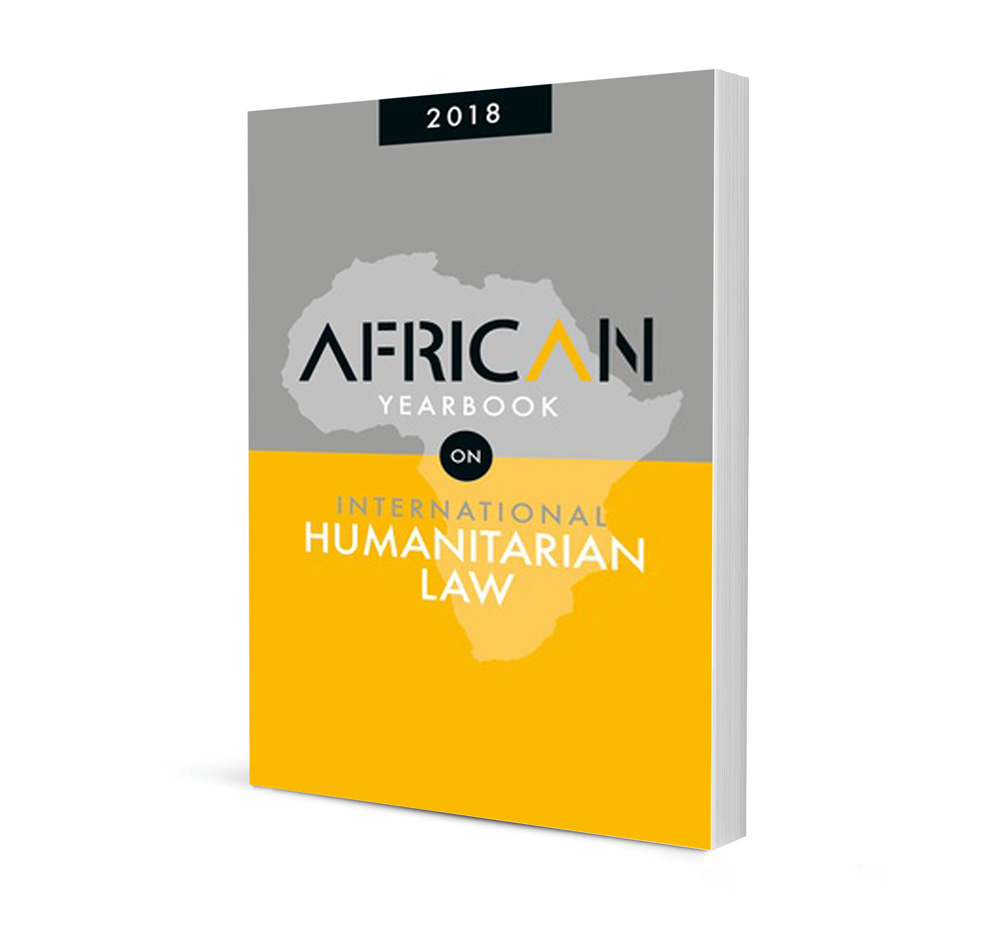
Revisiting the Notion of ‘Organised Armed Group’ in accordance with Common Article 3: Exploring the Inherent Minimum Threshold Requirements
Authors Martha M Bradley
ISSN: 2521-2621
Affiliations: Post-Doctoral Research Fellow, South African Research Chair in International Law, hosted by the University of Johannesburg
Source: African Yearbook on International Humanitarian Law, 2018, p. 50 – 79
Abstract
The concepts of ‘organised armed groups’ and ‘intensity’ serve as fundamental benchmark tests for assessing whether a situation is a non-international armed conflict. If both these notions are satisfied, the law of non-international armed conflict applies. In the circumstances a precise understanding of the notion ‘organised armed group’ is imperative. The need for clarity is highlighted by the War Report 2017 and the reality of hybrid warfare, as is exemplified in the case of the somewhat controversial classification of some non-state actors in Colombia (the BACRIM), in El Salvador (the M13 and M18 gangs), and in Mexico (the Sinaloa Cartel and the Jalisco Cartel New Generation). From an African perspective also, it is vital that there is a clear understanding of the minimum threshold for what is understood by ‘organisation’ inherent in the notion ‘organised armed group’ since there are several situations which may constitute non-international armed conflict in various territories on the continent, including the Democratic Republic of the Congo (DRC), Libya, Mali, Nigeria, Somalia and South Sudan. This article sets out to interpret the content and minimum threshold requirements inherent in the notion of ‘organised armed group’ under Common Article 3. Although international tribunals and scholars have offered an invaluable clarification of this construct, and the law of treaty interpretation as set out in Articles 31 to 33 of the Vienna Convention is frequently employed to facilitate the interpretation of the scope of the application of Common Article 3, continued scholarly research on the law of non-international armed conflict means that there is room for further research.